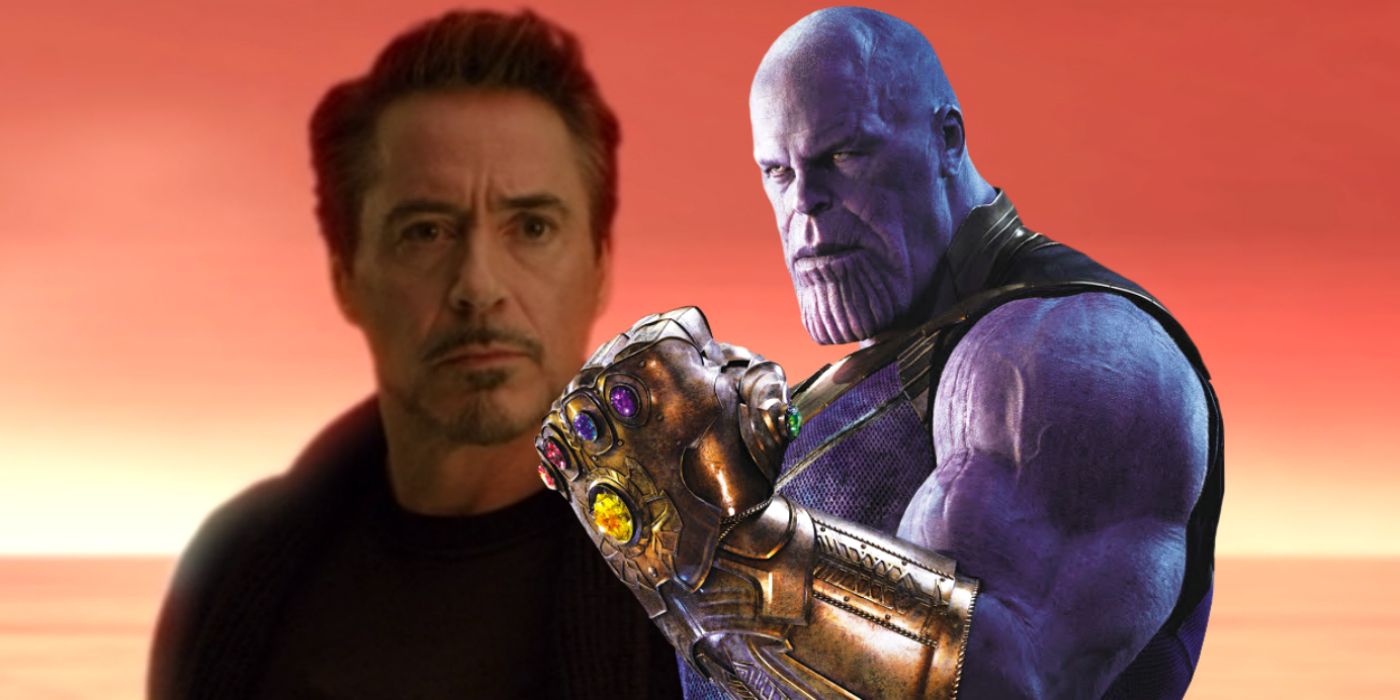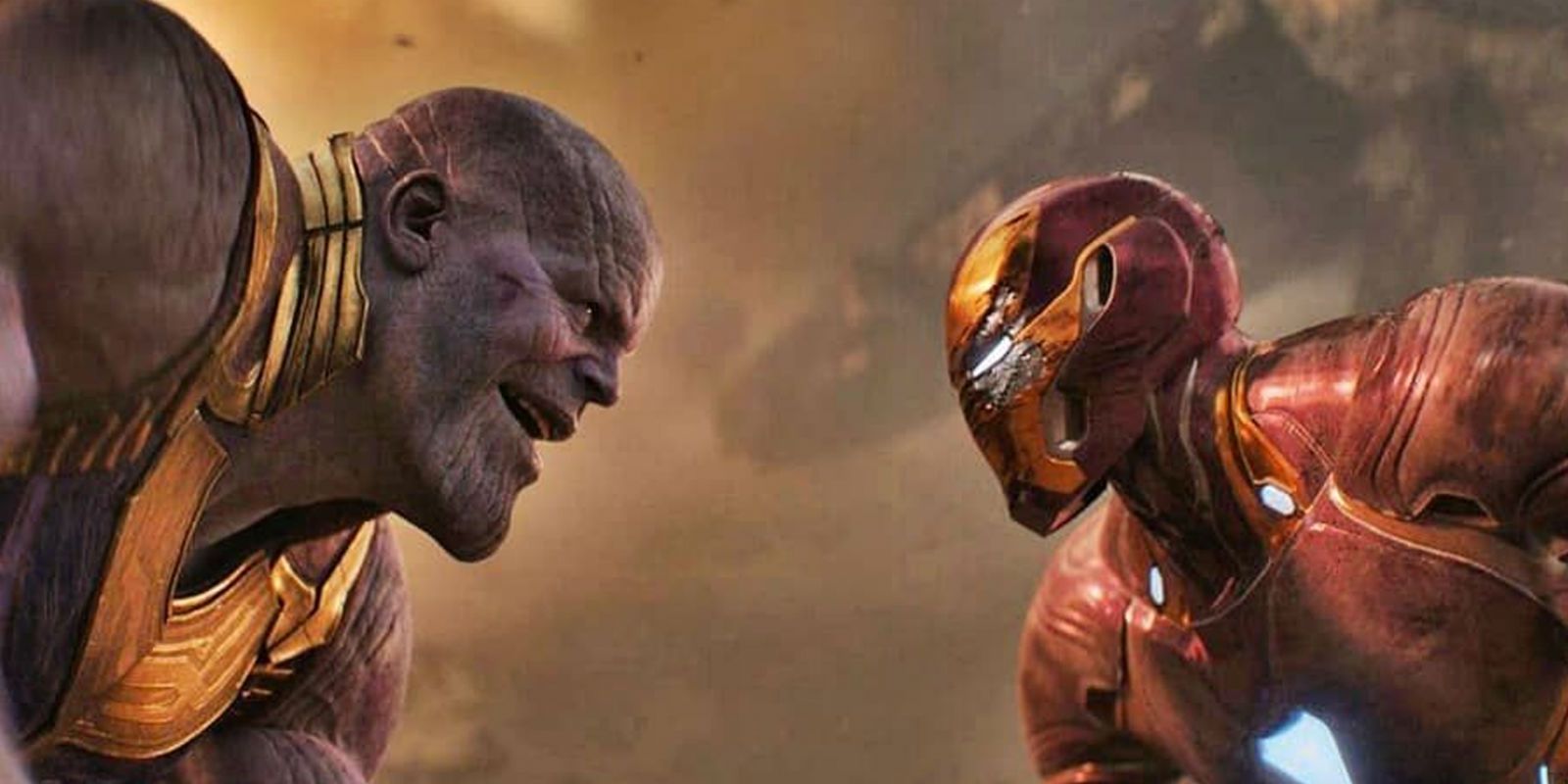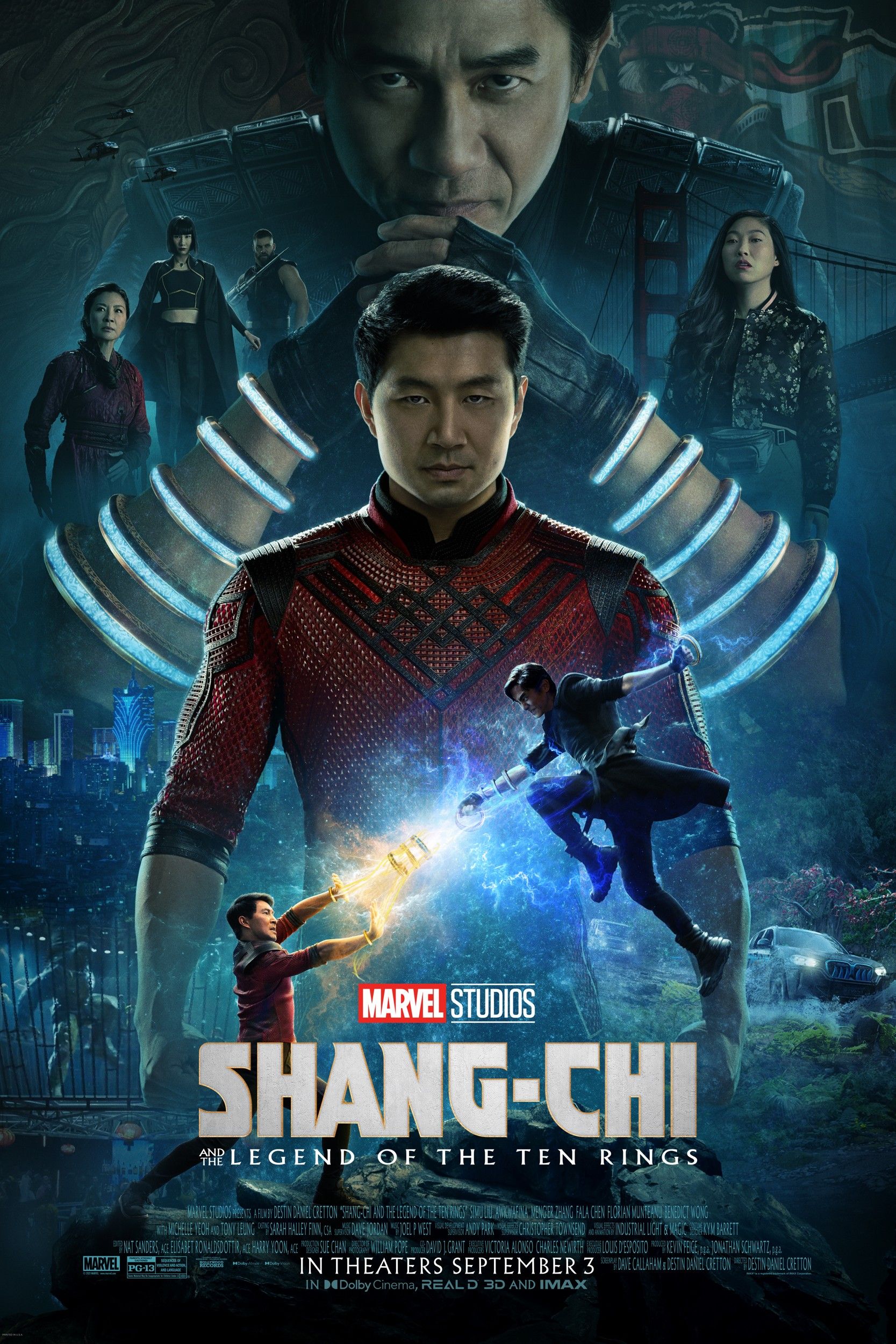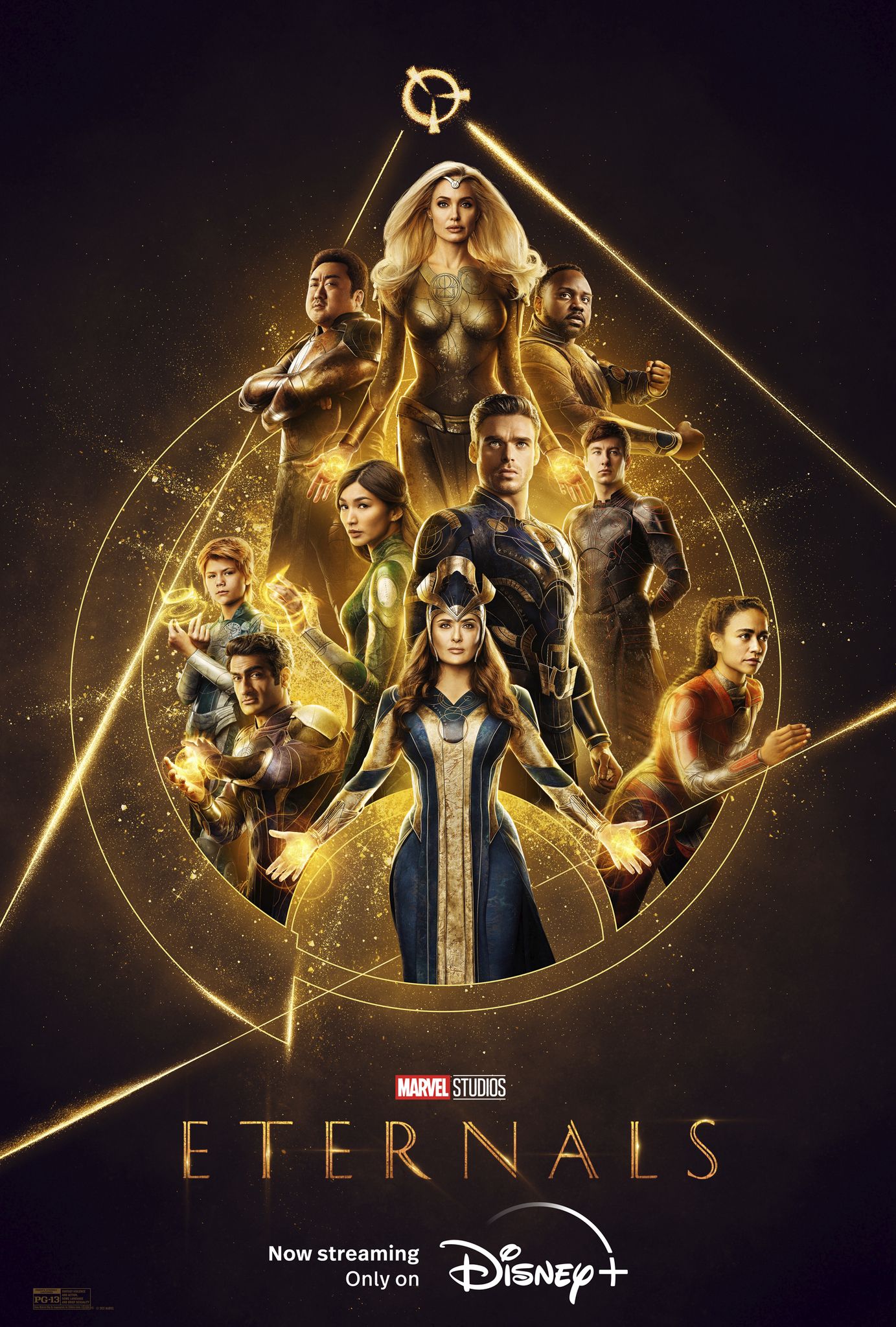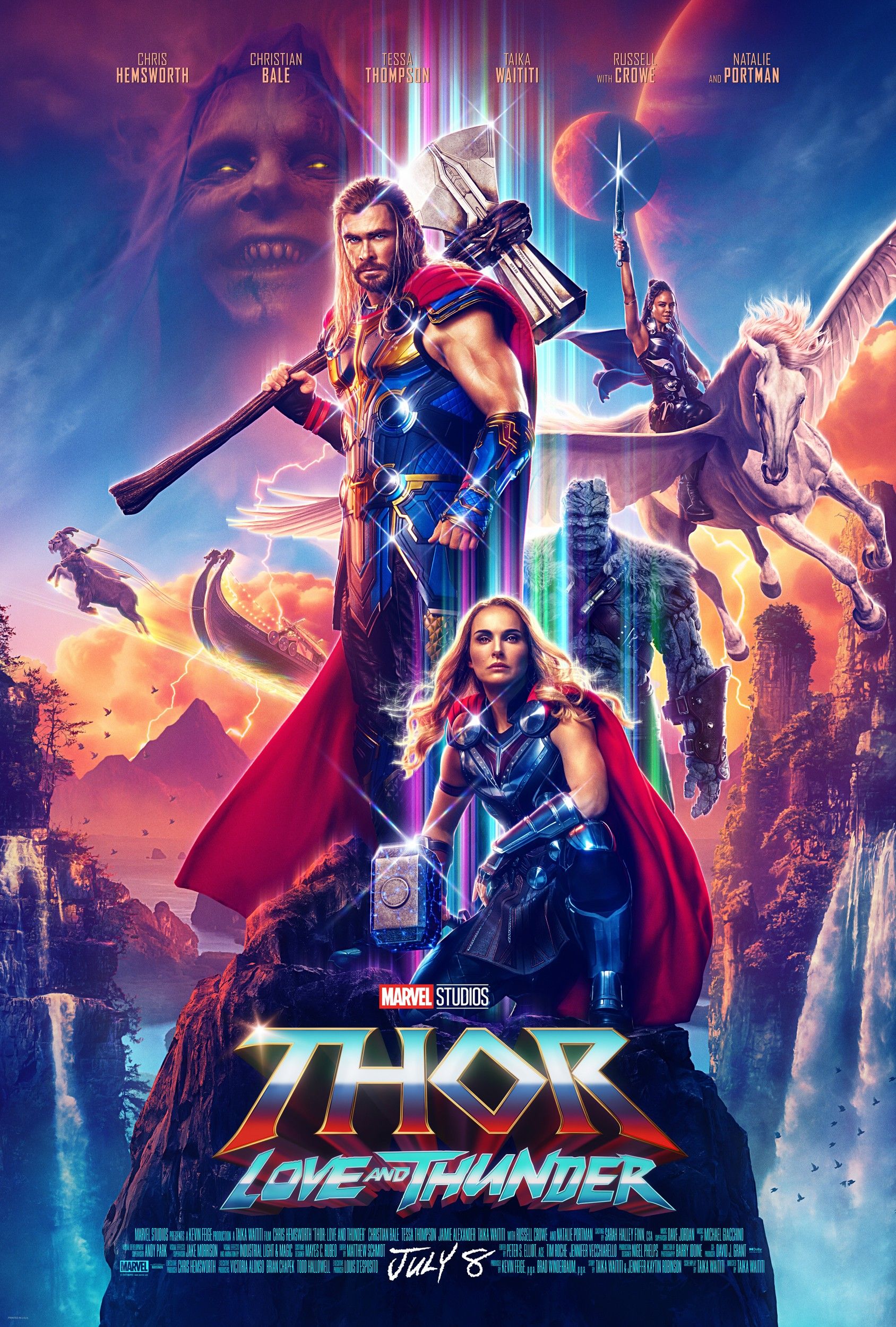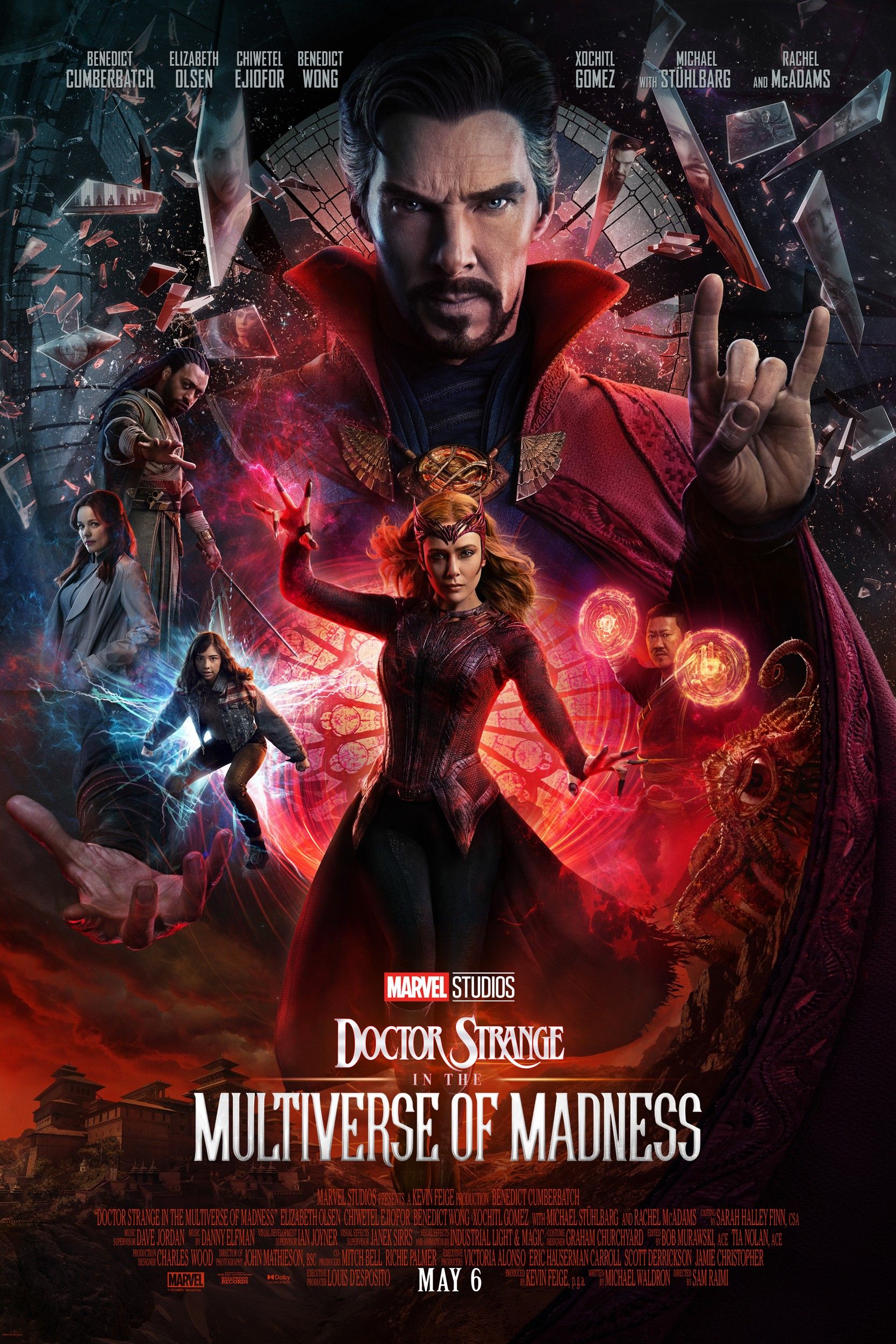Thanos and Iron Man's Marvel Cinematic Universe arcs still have one subtle parallel. Marvel Studios' Infinity Saga tackled the existence of the Infinity Stones and how its powers affected the universe as a whole in culminating films Avengers: Infinity War and Avengers: Endgame. At the center of this overall arc, however, were the Mad Titan and Tony Stark - the primary opposing forces of the narrative.
Iron Man had been in the MCU since the very beginning. By the time the threat of Thanos became apparent in The Avengers, he was already committed to the superhero cause, wanting to turn his life around after surviving his abduction in Afghanistan. Marvel Studios used Tony's near-death experience to establish a bigger threat out there that's looming in the shadows — only waiting for the perfect opportunity to strike. While Thanos' existence was first teased in 2011's Thor with the appearance of the Infinity Gauntlet, it was during the 2012 ensemble film that his arrival was explicitly set-up with his debut in The Avengers post-credits scene. It wouldn't be until Infinity War, however, that he would actually make his proper introduction. Still, even with very minimal screen time in the MCU, his existence was integral to Tony's story since the Battle of New York.
While Thanos only really made his full presence felt in Infinity War, the film made sure to efficiently establish his backstory on why he was looking for the Infinity Stones. What's so interesting with this is that Thanos and Iron Man were more similar than different. Both were cursed with knowledge — something that the villain said during their duel in Titan. Because of this, the Mad Titan also acknowledged the threat that Tony posed on his mission; this is the reason why he's the only MCU hero that he unnecessarily wanted to kill. They were also obsessed with the future and the legacy that they would leave behind, it's just that Thanos had a disillusioned view of what's needed to be done for the galaxy to thrive, while Tony, despite some lapses in judgment, almost always had the right idea on how to move forward. Aside from these, there's also another key parallel between their stories — both initially resisted the idea of doing things on their own, outsourcing the actual work to others.
The reason why Marvel Studios was able to get away with introducing Thanos very late in the Infinity Saga without making him feel shoehorned is because he's been behind a couple of the encounters in the franchise. For starters, he backed up Loki's attempt to take over Earth in The Avengers, even loaning him the Mind Stone in the hopes that the God of Mischief will also secure the Space Stone. In Guardians of the Galaxy, he had Gamora track down the Power Stone. In both instances, his minions failed to do at what their tasks, that's why the Mad Titan decided he should just do collect the gems on his own as seen in the Avengers: Age of Ultron post-credits. Similarly, Tony wanted to relegate his and the Avengers' responsibility to robots, hence the creation of the Iron Legion and subsequently, Ultron. This also didn't end well for the genius, billionaire. At the end of Iron Man 3, he destroyed his back-up suits, and in Age of Ultron, the team had to work together to eliminate Ultron as he was more of a threat than anything else.
Ultimately, both Thanos and Iron Man knew that if they wanted their respective goals to be achieved in the Marvel Cinematic Universe, they had to make them happen themselves. For the Mad Titan, that's collecting the Infinity Stones in Infinity War which turned out to be successful as he was able to achieve his false sense of balance through the snap, granted that it was eventually reversed. Things were more tragic for Iron Man, however, who had to sacrifice his life to achieve the sense of safety he'd been clamoring for.

